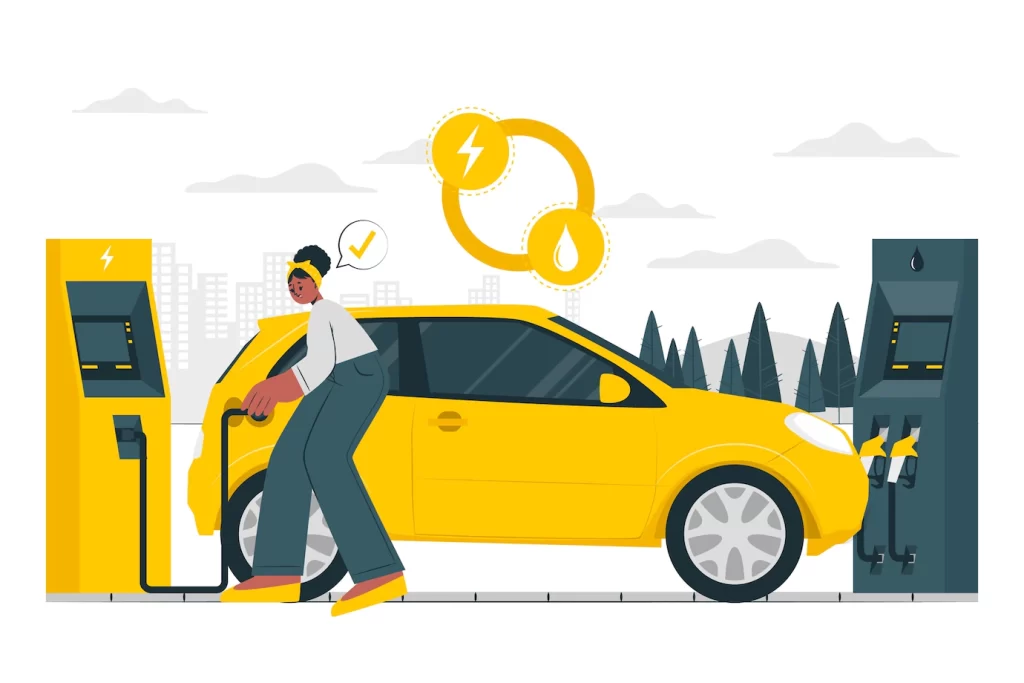The future of digital payments—paying when and how you want—is becoming more of a reality. Consumers are able to pay for goods and services via their mobile device, their smartwatch, even their TV. And soon, they’ll be able to make payments from the front seat of their car.
The Road Ahead
Electric car makers were the originators of in-vehicle payments. In fact, many of the latest innovations within the automotive industry have been spearheaded by the electric vehicle sector for the past five to 10 years.
Similar to how smartphones use consumer data to track spending habits, connected cars will be able to leverage consumer data to create a user profile, a financial profile, and capabilities to assist with time management.
While shopping via a car may look different than other devices, there may be beneficial use cases, such as settling payments for fines, tolls, as well as parking fees.
Hurdles to Mainstream Adoption
As with any emerging technology, there are some barriers to overcome. But in an interview with Fintech Magazine, Phaneendra Pulietikurthi, Technology Innovation Manager for EY, said that these barriers have been “demolished as technology continues to mature and established payments processing corporations integrate with external companies.”
Still, chatter within the payments industry indicates that this innovation has not quite caught up with demand. Unsurprisingly, there are a few things to iron out, including security. While in-vehicle payment data should be highly secure, as payment card data protection as well as fraud prevention technologies are robust enough to provide an adequate level of protection, there are some areas of concern that are being looked into. One topic of discussion is incorporating biometric scanning, which can be used within the cockpit.
By and large, this is certainly a space to watch out for.
The latest collaboration between the automotive and fintech industry is meeting the growing need for contactless payments, prompting more automakers to equip their upcoming models with more in-vehicle payments systems. Soon, drivers will also be able to conduct their online grocery shopping, without leaving their car. The latest innovation in payments continues to ensure that consumers have the most seamless, frictionless, and most convenient payment experience possible.
